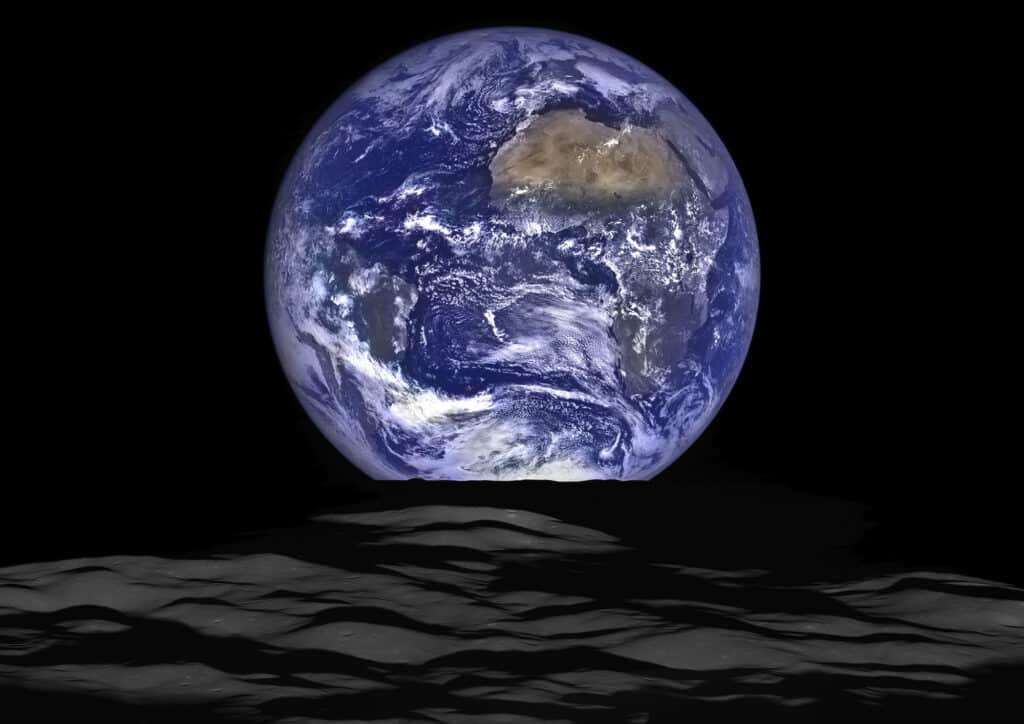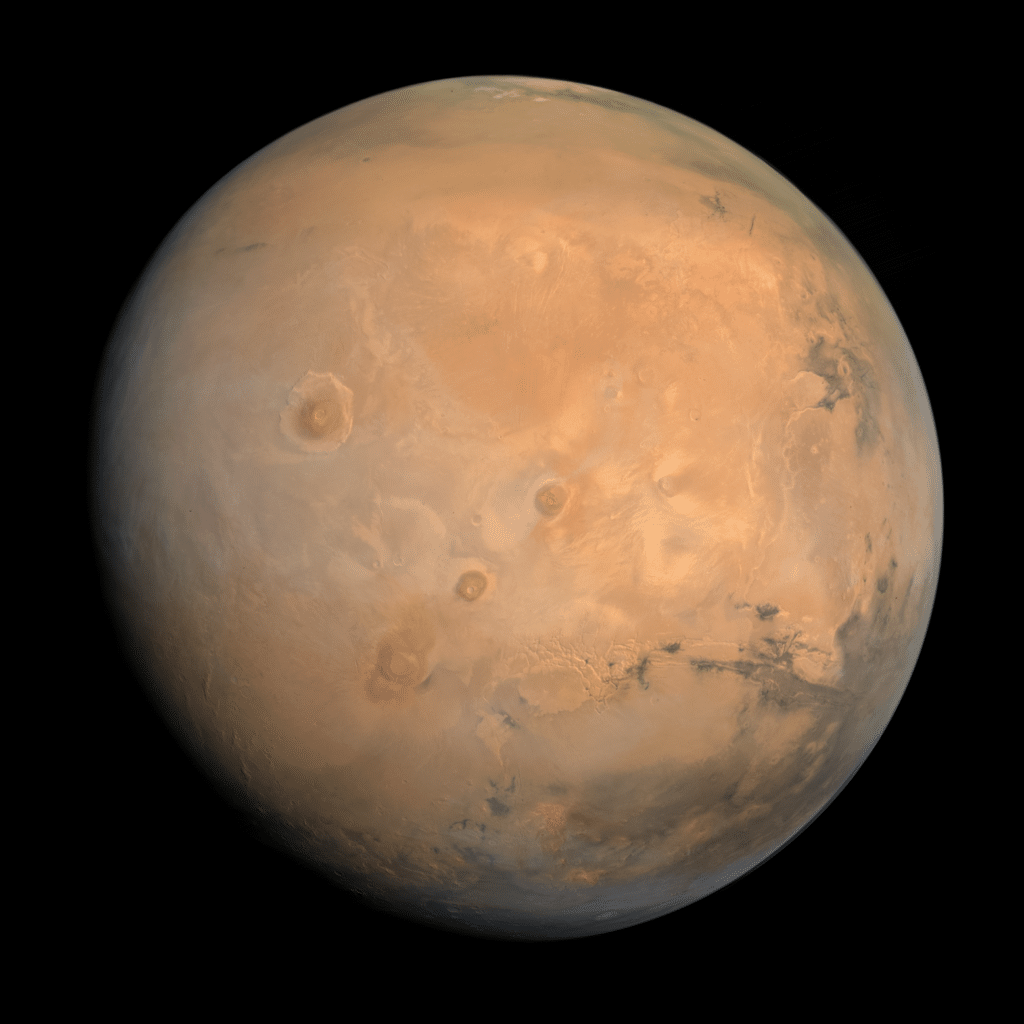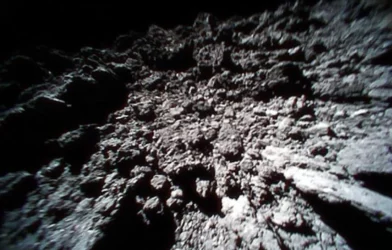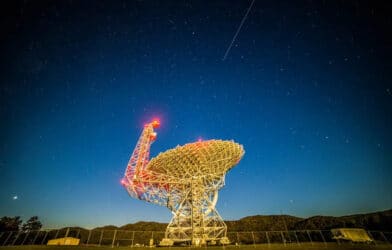Want to learn more about global warming affecting Earth? Just study Mars! Scientists from the University of Sydney and Sorbonne University have made a shocking discovery, linking the deep ocean’s ancient circulation patterns to the orbital interactions between our home and the Red Planet, shedding light on past climate change events.
The research, published in the journal Nature Communications, explores the effects of geological-timescale climate changes on ocean circulation. By analyzing over 50 years of scientific drilling data from the ocean floor, the team unearthed a surprising 2.4-million-year cycle in which deep ocean currents intensify or weaken. These cycles correlate with periods of increased solar energy and a warmer Earth but are distinct from the rapid global warming observed today due to human activities.

The team discovered that these “astronomical grand cycles,” rare in geological records, are influenced by the gravitational interactions between Earth, Mars, and the Sun.
“We were surprised to find these 2.4-million-year cycles in our deep-sea sedimentary data,” says study lead author Dr. Adriana Dutkiewicz, ARC Future Fellow from the University of Sydney EarthByte Group in the School of Geosciences. “There is only one way to explain them: they are linked to cycles in the interactions of Mars and Earth orbiting the Sun.”
These findings imply that during times of higher solar radiation, resulting in warmer climates, deep-sea currents became more vigorous. This could potentially counteract the effects of ocean stagnation predicted by some to follow a weakening of the Atlantic Meridional Overturning Circulation (AMOC) — a key driver of the Gulf Stream that helps maintain Europe’s temperate climate.
“We know there are at least two separate mechanisms that contribute to the vigor of deep-water mixing in the oceans. AMOC is one of them, but deep ocean eddies seem to play an important role in warm climates for keeping the ocean ventilated,” notes study co-author Dietmar Müller, professor at the University of Sydney.
“Of course, this would not have the same effect as AMOC in terms of transporting water masses from low to high latitudes and vice-versa.”
The study emphasizes the role of deep ocean eddies, giant whirlpool-like currents that reach the abyssal seafloor, in maintaining ocean ventilation during warmer periods. These eddies cause erosion and the accumulation of large sediment deposits, known as contourites, which are akin to underwater snowdrifts.

“Our deep-sea data spanning 65 million years suggest that warmer oceans have more vigorous deep circulation,” explains Dr. Dutkiewicz. “This will potentially keep the ocean from becoming stagnant even if Atlantic Meridional Overturning Circulation slows or stops altogether.”
While the full implications of these ancient cycles on future ocean dynamics and marine life remain to be fully understood, this research opens new pathways for developing more accurate climate models. By drawing from the past, scientists hope to better predict how the intricate dance between planetary orbits, solar radiation, and Earth’s climate systems might shape our world in the centuries to come.













“These cycles correlate with periods of increased solar energy and a warmer Earth but are distinct from the rapid global warming observed today due to human activities.”
Except CO2 generated by humans comprises about 0.002% of the total atmosphere and the assertion this tiny percentage of the atmosphere is solely responsible for global warming or climate change implies the other 99.998% of the atmosphere has little or no effect on weather and climate. The assertion is absurd on its face and has no basis in evidential fact which is why it is not referred-to as the ‘hypothesis’ or ‘theory’ of manmande global warming.